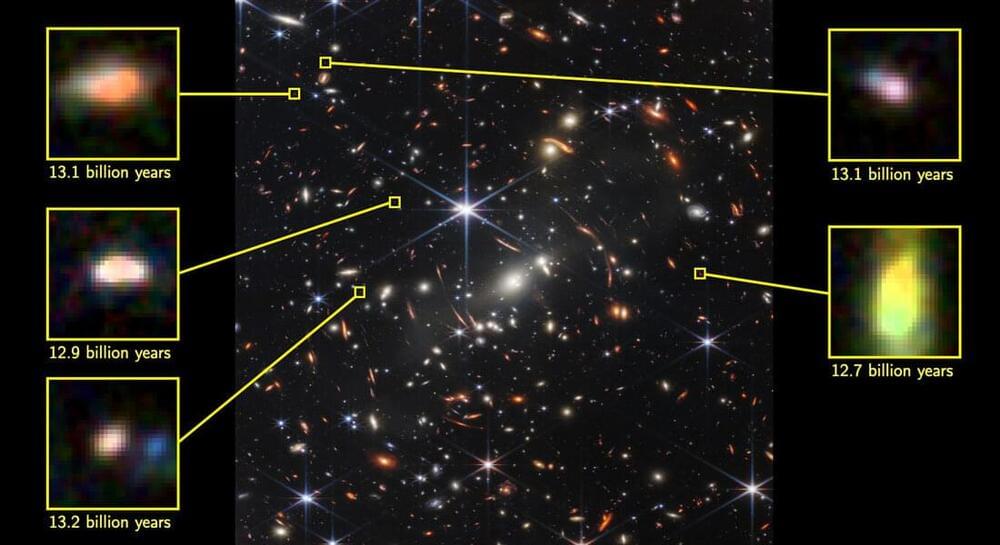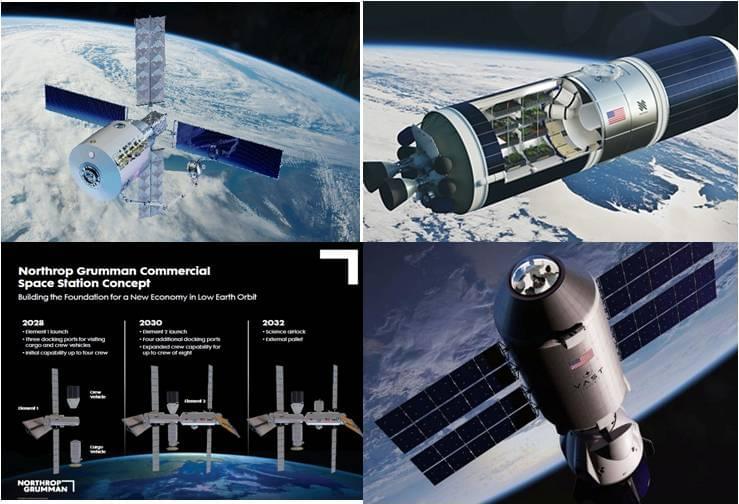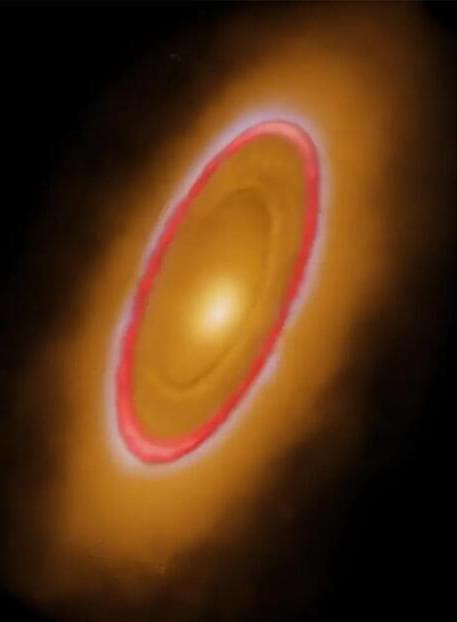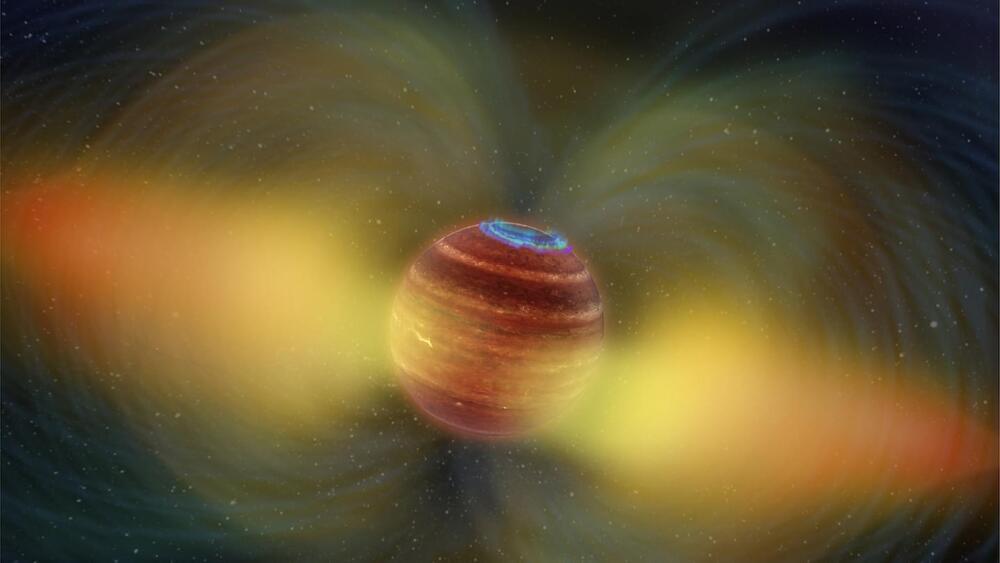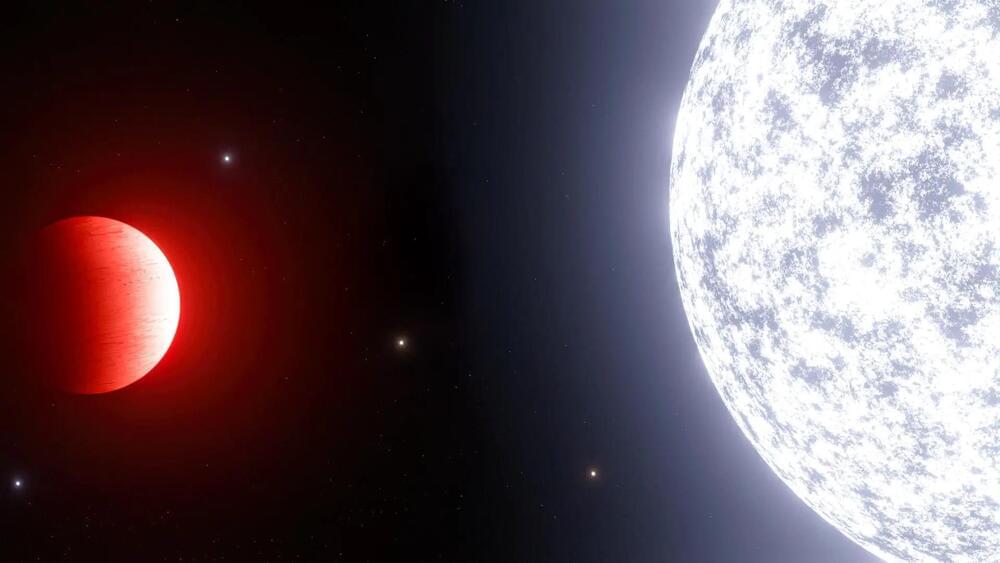May 18, 2023
Space Dirt Reveals Age of Saturn’s Rings
Posted by Saúl Morales Rodriguéz in category: space
Micrometeoroids in Saturn’s rings reveal that these dusty bands are no more than 400 million years old, making them significantly younger than the 4.5-billion-year-old gas giant.
With its wide bands of encircling dust, Saturn’s rings are the biggest and brightest in our Solar System. They are also the most mysterious. Unanswered questions remain about why, how, and when the seven rings formed. Now Sascha Kempf of the University of Colorado Boulder and colleagues have addressed the latter problem, using dust contaminants within the rings to place an upper limit of 400 million years on the rings’ age [1]. Kempf says that for as long as he’s been in the field, astronomers have been discussing whether Saturn’s rings are as old as the planet or if they are younger. Now they know. “They are significantly younger,” he says.
Kempf and colleagues produced their age estimate by studying the contamination rate of the rings by small pieces of rock and debris, known as micrometeoroids. These contaminants are constantly zooming around our Solar System, colliding with objects in their paths. When one of these micrometeoroids hits one of Saturn’s rings it can get incorporated into the ice the rings contain. Kempf and colleagues realized they could use the rate at which this process happens as a clock to reveal the rings’ age.

